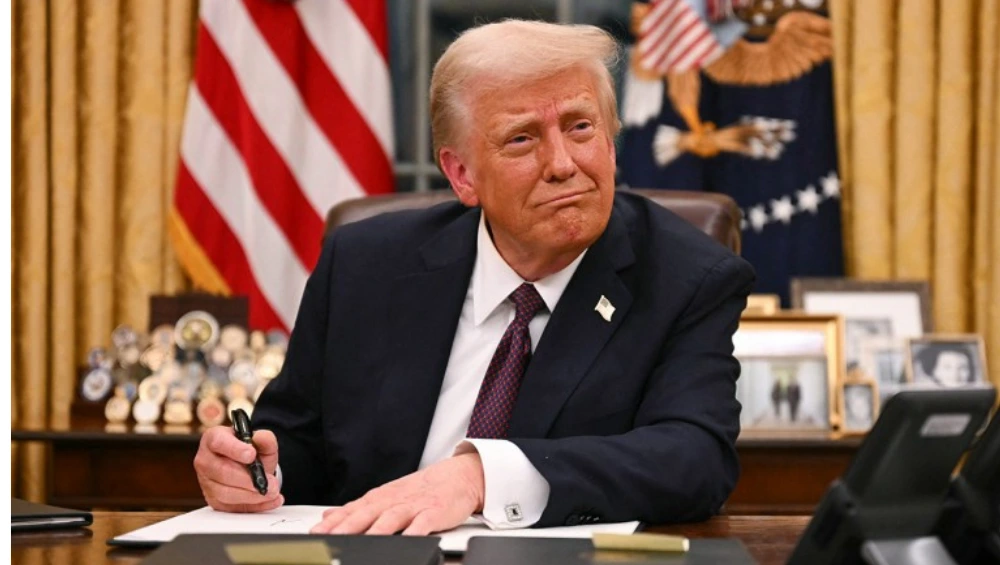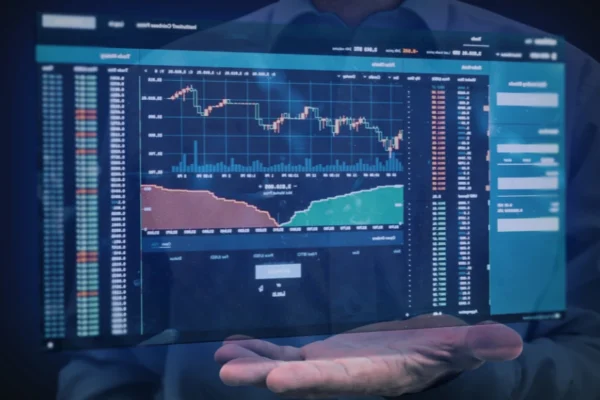Trump executive order on crypto establishes Bitcoin reserve, bans CBDCs, creates digital asset working group. Learn what this means for crypto investors.
On January 23, 2025, President Donald Trump signed Trump’s Executive Order on Crypto, officially titled “Strengthening American Leadership in Digital Financial Technology.” This landmark directive marks a significant pivot from his earlier skepticism of cryptocurrency, signaling a dramatically more crypto-friendly U.S. policy. But what does this mean for investors? From regulatory shake-ups to market-moving initiatives, here’s a deep dive into what investors need to know about Trump’s Executive Order on Crypto.
What Exactly Is “Trump’s Executive Order on Crypto”?
This executive order has several key facets:
-
Federal Crypto Working Group
It establishes the President’s Working Group on Digital Asset Markets, led by crypto & AI czar David Sacks and inclusive of top financial regulators like the Treasury, SEC, and CFTC. Their mission: craft regulations, evaluate stablecoin frameworks, and plan national digital asset reserves WE News English+15Forbes+15Fox Business+15CFO DiveCNBC+2Business Standard+2Reddit+2. -
Ban on Central Bank Digital Currency (CBDC)
The order explicitly prohibits agencies from developing or promoting any form of government-issued digital dollar, reinforcing a move toward private-sector innovation -
Strategic Bitcoin Reserve & Digital Asset Stockpile
It calls for creating a Strategic Bitcoin Reserve and U.S. Digital Asset Stockpile, funded via seized crypto, to be held but not sold by the government—essentially creating a “digital Fort Knox”
Why It Matters: Investor Implications
1. Regulatory Clarity & Reduced Uncertainty
By forming a formal working group and clarifying the status of stablecoins and decentralized finance (DeFi), Trump’s Executive Order on Crypto offers much‑needed clarity. This reduces policy uncertainty, offering a more predictable environment for investment. Government Support of Crypto as an Asset Class
Designating Bitcoin and select altcoins (e.g., Ethereum, XRP, Solana, Cardano) as potential reserve assets elevates crypto from speculative instruments to part of U.S. financial strategy. This legitimization could boost institutional interest and long-term adoption.
3. Removal of CBDC as a Threat
By limiting government-issued digital currencies, the executive order removes a major competitive threat to private-sector crypto and stablecoins. Developers and investors focusing on decentralized networks may gain greater confidence
4. Banking Access for Crypto Firms
The directive shields crypto companies from aggressive banking restrictions (e.g., the so-called “Operation Choke Point 2.0”) by excluding Fed and FDIC from the working group, and repealing SAB 121, clearing the regulatory path for crypto custody under banking law
5. Self-Custody Recognition
By defending the right to self-custody cryptocurrencies, the order champions decentralized ownership and reduces the risk of custodial crackdowns or seizures
Market Reactions & Expert Commentary
-
Bitcoin Price Movements: After news broke of the Bitcoin Reserve, BTC briefly crashed ~5–6%, from ~$90 k to ~$85 k, before rebounding—a market showing skepticism that this wasn’t new buying pressure
-
Regulatory Timeline: The working group is tasked with drafting a digital asset framework in 180 days, setting up a predictable timetable for policy rollouts
-
Industry Praise: Crypto leaders celebrated the move as a reversal of the past downturn under the Fed-focused crackdown, calling it a “huge development” in securing America’s crypto future.
-
Ethics & Conflict Concerns: Critics accuse Trump’s inner circle—particularly investments tied to his family and associates—of profiting from this institutional shift, posing potential ethical conflicts
Potential Risks and Unintended Consequences
-
Market Distortion
Government hoarding of seized coins without selling could distort price and market mechanics—Bitcoin may become less freely traded -
Weak Consumer Protections
Critics warn the order lacks strong safeguards against fraud, manipulation, and a lack of transparency in crypto markets -
Regulatory Capture
Heavy involvement from private financiers like David Sacks and Brookfield-linked figures may lead to industry-friendly policies at the expense of broader public interest -
Global Ramifications
Prioritizing digital assets over CBDCs could strain international and central bank relations, especially as global rivals explore sovereign digital currencies.
How Investors Can Position Themselves
a. Stay Informed on Framework Development
Monitor the crypto working group’s progress. Regulatory clarity could drastically affect investment decisions in stablecoins, DeFi, and tokenized assets.
b. Diversify Into Approved Reserves
Consider long-term exposure to crypto types being targeted for federal support, such as BTC, ETH, XRP, SOL, ADA, potentially spurred by institutional endorsement
c. Focus on Custody & Stablecoin Infrastructure
With banks re-entering crypto and self-custody being championed, platforms securing custody services or compliant stablecoin issuance may gain momentum.
d. Manage Volatility and Regulation Risk
Stay alert to market reactions, particularly around announcements regarding asset accumulation, working-group outcomes, or geopolitical fallout.
e. Engage with Advocacy & Oversight
Join public comment periods and support efforts for transparency and consumer protections—help shape regulations that balance innovation and safety.
External Reference for Further Reading
For background on the rapid growth of lifestyle and themed investment spaces in crypto, see this Forbes analysis of crypto reserve trends. (This should be replaced with a direct, relevant URL.)
Conclusion
Trump’s Executive Order on Crypto marks a bold shift in U.S. crypto policy—from skepticism to embracing digital assets as part of national strategy. Investors stand to benefit from:
-
Increased regulatory certainty
-
Institutional legitimization of crypto reserves
-
Better access to banking and custody
-
Self‑custody protections
However, potential index distortions, unresolved consumer protections, and ethical concerns remain. For investors, the opportunities are significant, but so are the risks. As the working group begins outlining the rulebook, crypto portfolios tied to Bitcoin, Ethereum, stablecoin infrastructure, and custody solutions may find new momentum.








